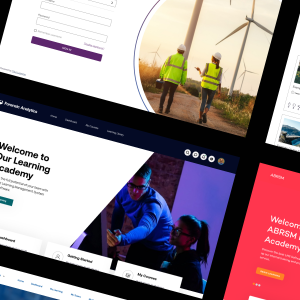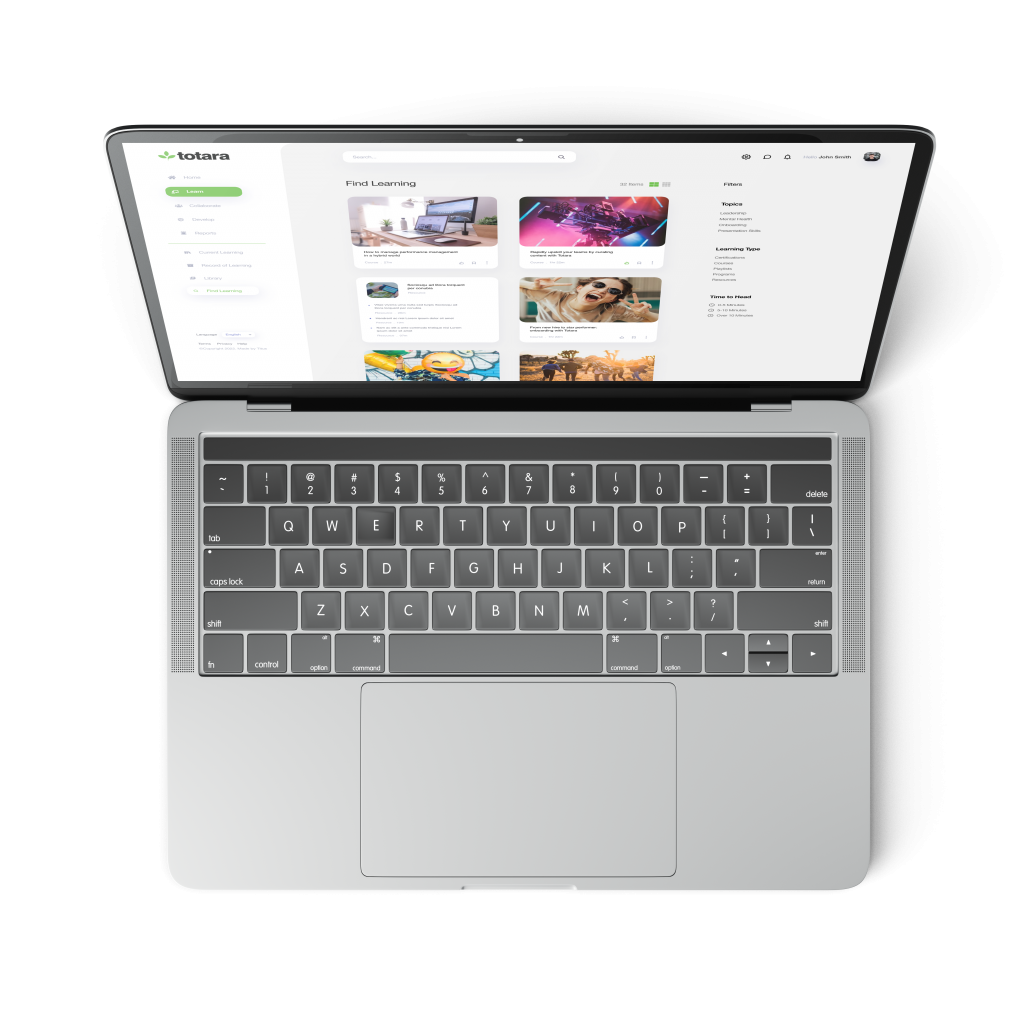Integrating an effective e-learning strategy into everyday school life may be the goal – but sometimes a learning platform can fail from the outset simply because its creation, set-up and internal promotion is not thought through.
Effective e-learning can – and will – transform your school, and has the potential to increase engagement, improve reporting and, ultimately, make a student’s time in education a more rewarding and successful experience.
So instead of rushing into e-learning, take these four steps to ensure you’re set for a happy and exciting future in the world of digital learning.
Plan realistically
At the very start of the process, you’ll need to sit down and plan out a roadmap from where you are to where you want to be – in other words, how you’re going to get from no learning platform to one which is fully-functioning and integrated into school life.
You’ll want to sit down with the e-learning provider, and also with the internal stakeholders, and plan out how long the set-up process will take, and when the school can expect to have a learning platform ready to go.
But make sure you take into account the potential stumbling blocks you may encounter. For example, not being happy with the initial design of your learning platform (however, a good brief taken by your e-learning provider should avoid this happening!), or the on-boarding of staff being a slower process than you originally anticipated.
Be realistic with your plan. Set goals and deadlines with a degree of ‘in case this happens’ included.
Start simply
Your learning platform can turn off users in two ways: having too many features, and having an over-facing amount of content.
But too many options and information on your learning platform and it’ll be over-facing to both staff and students – particularly those members of staff that are less tech-savvy.
Keep things simple to begin with; you can build upon what you’ve added and what your learning platform can do as time goes on and users become more confident. And, over time, you can integrate the learning platform more and more into day-to-day learning.
Inspire your audience
On the other hand, make sure you are using what is available to you as much as you can.
Your students are digital natives – they’ve grown up using smartphones and tablets, they’ve not lived in a time without the Internet. Plus, they are well-versed in playing games! So harness these attributes and turn your learning platform into a fun place to study.
Quizzes and videos can make homework so much more engaging, and inspired by fun learning, your students will want more. Make sure you understand what your learning platform is capable of, what you can do with it – and turn it into a fully-interactive tool for enjoyable and effective e-learning!
Get the school excited
Once you’re close to having your learning platform ready, you need to sell it to those who will be using it.
Build excitement, anticipation and intrigue into the launch of your learning platform, and make sure students are itching to get on with using it from day one – the same with your staff.
Don’t stop there, though. Create ‘e-learning ambassadors’ out of those students that are using it the most effectively and let them sell it to their peers. For the staff, make everything transparent – how it works, why it works in that way, and what they as educators can get out of it.
Internal marketing of your learning platform is absolutely vital – many e-learning initiatives die in the first six months simply because no-one is championing the learning platform in the way that they should. Remember how much effort you’ve put into the planning and let that give you the impetus to keep ‘selling’ your learning platform to the school.
Over time, when the potential for improving student engagement and learning outcomes become obvious to all, your learning platform will sell itself.
For more help and advice on implementing an effective e-learning platform in your school, please get in touch.






